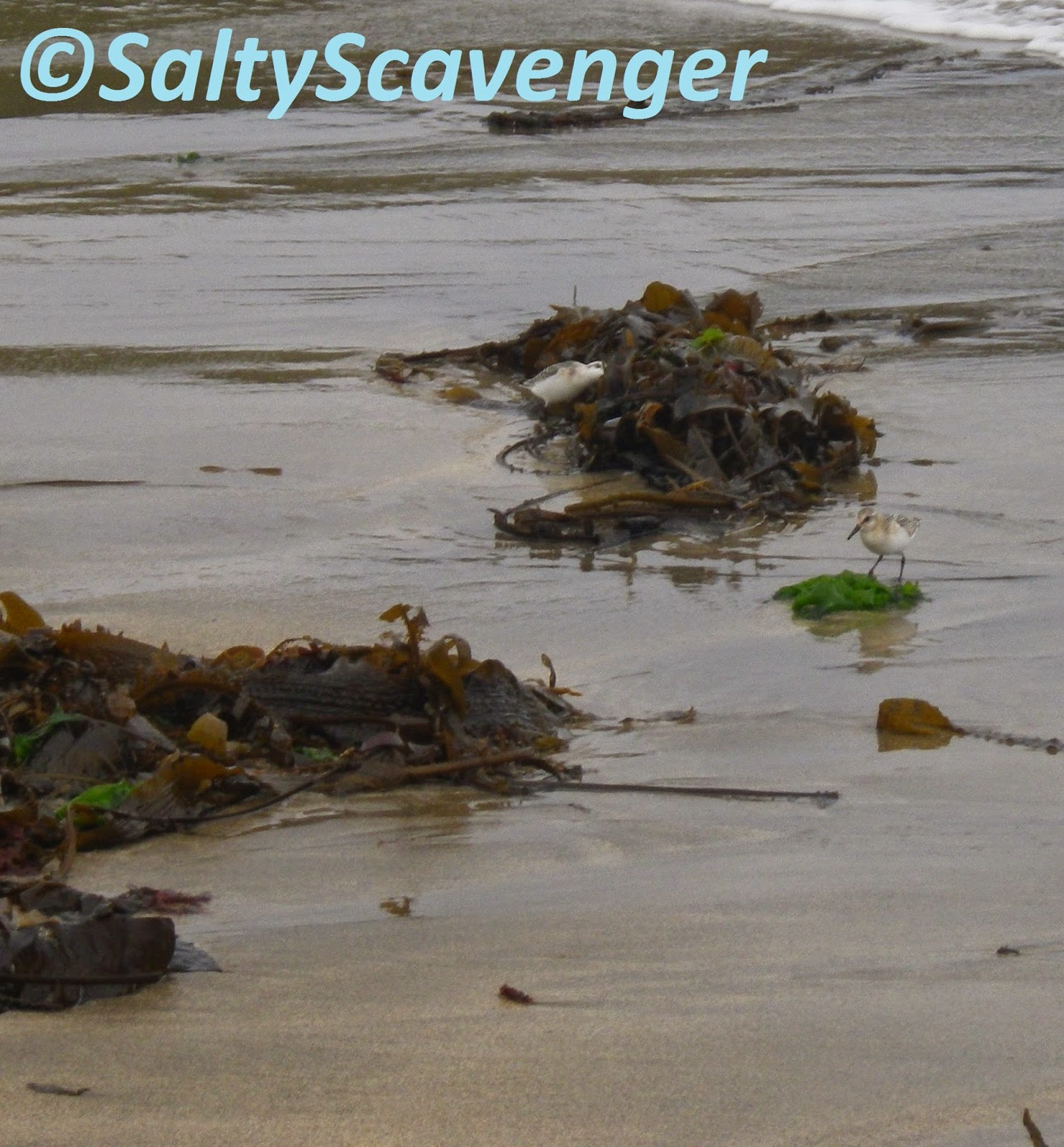The
shore comprised of outcrops of bedrock, boulders, cobbles and pebbles slopes gently to the low water
mark and is positioned within a sheltered inlet on the North Western extend of
Shetland main land.
Lichens cover the supralittoral rock and extend onto larger boulders and bed rock of the upper shore. The remaining boulders, cobbles and pebbles of the shore are covered by sparse barnacles, periwinkles and further down the shore a blanket of fucoids.
Habitat
classification:
Substrate
|
LR (Littoral rock)
|
||||
Habitat
|
LLR (Low energy littoral rock)
|
FLR (Features of littoral rock)
|
|||
Biotope complex
|
LR.LLR.F (Fucoids on sheltered marine
shores)
|
LR.FLR.Lic (Lichens on supralittoral
rock)
|
|||
Biotope
|
LR.LLR.F.Asc (Ascophyllum nodosum
on sheltered mid eulittoral rock).
|
LR.LLR.F.Pel (Pelvetia
canaliculata on sheletered littoral fringe rock)
|
(Fucus spiralis on moderately exposed
to very sheltered upper eulittoral rock)
|
LR.FLR.Lic.YG (Yellow and grey lichens on supralittoral rock)
|
LR.FLR.Lic.Ver (Verrucaria maura on littoral fringe rock)
|
Below are images of organisms you may encounter whilst rock pooling in these habitats:
 |
| A bivalve washed up on the shore.... |
 |
| Provides a refuge for a number of terrestrial species. |
 |
| Barnacles and periwinkles (Littorina sp) on cobbles of the shore. |
 |
| Barnacles and periwinkles (Littorina sp) on cobbles of the shore. |
 |
| Fucus spiralis. Habitat classification: (Fucus spiralis on moderately exposed to very sheltered upper eulittoral rock) |
 |
| Ascophyllum nodosum on the lower shore. Habitat classification: LR.LLR.F.Asc (Ascophyllum nodosum on sheltered mid eulittoral rock). |
































.JPG)



.JPG)




